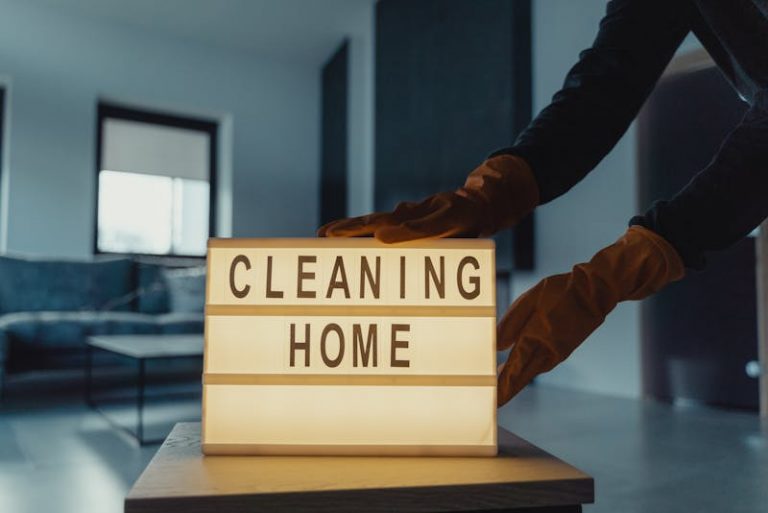

Circuit boards inhabit a fair number of the objects we interact with every day, yet many people are ignorant to the inner workings and connections that enable electronics to perform some feats that could be described as magical to someone who may not know any better. The printed circuit board is both the map and the road for electric signals to pass, allowing the electronics to function accordingly. While it is easy to get overwhelmed with the technical lingo that printed circuit board users and fabricators typically employ, always keep in mind that a circuit board is essentially a tool to direct and regulate the flow of electricity. Here are a few basic facts on the production, assembly, and function of printed circuit boards.
Forming the Board for the Printed Circuitry
PCB fabrication begins with the actual board itself. The board is made up of a glass epoxy that acts as the primary insulating surface. On top of this glass layer, a thin sheet of copper foil is laid down and laminated; this copper foil will be etched into copper layers that act as the connection for the electronic components. Some circuit boards are more advanced and require several layers of these materials in order to produce the intended function for the circuit board. Prior to the 1960s, the most common kinds of boards had holes punched through them to allow for the mounting of components in what was referred to as “through-hole” mounting; since the 1980s however, the most common form of printed circuit board has no holes as the components can be mounted on the surface of the board.
A Roadmap of Connectivity
The multi-layered board is next given a legend that details everything from component designators, switch settings, test points, and any other kind of indicator that will be crucial to the assembly, testing, and servicing of the printed circuit board. There are three methods used to produce a legend for PCB fabrication: silk screen printing, liquid photo imaging, and ink jet printing. Those who make circuits from home typically start with a kit that includes a basic circuit board with pre-printed legend and included components. With these techniques, prototype circuit board manufacturing companies are able to make customized boards and legends to fit the unique needs of entrepreneurs, inventors, and hobbyists alike.
Mounting Components
Circuits are combined with other specialized components including resistors, inductors, transformers, transistors, diodes, and capacitors to help regulate the electronic signals sent through the printed circuit board, ensuring they reach the proper location. The circuits themselves can be as simple as an integrated circuit with silicon insulation and several circuits resting upon a chip, or a more complicated hybrid circuit with a number of components embedded within the actual structure of the circuit. Thanks to the popularization of surface mounting technology, there are a number of different techniques to solder components onto prototype circuit boards. For large-scale assemblies a SMT placement machine and bulk wave soldering is often used; more specialized prototyping work can be performed by hand thanks to skilled PCB fabrication specialists who regularly mount pieces as small as 0.02 inch by 0.01 inch with precision.
Developing Custom Printed Circuit Boards with PCB Fabrication Specialists
The business world is as fast as ever with companies attempting to achieve faster production than the competition. In understanding the need for fast prototyping, many PCB fabrication specialists offer quick turn PCB manufacturing which typically ships out in as little as 24 hours after they are ordered. Working hand in hand with a printed circuit board fabricator can help decrease the time spent prototyping as well as the general production process. Having uniquely customized printed circuit boards is essential to staying ahead of the technological curve as more businesses are advancing their own electronics infrastructure. If you are in need of customized printed circuit board fabrication, consider contacting a specialist to develop a circuit board unique to your needs.






